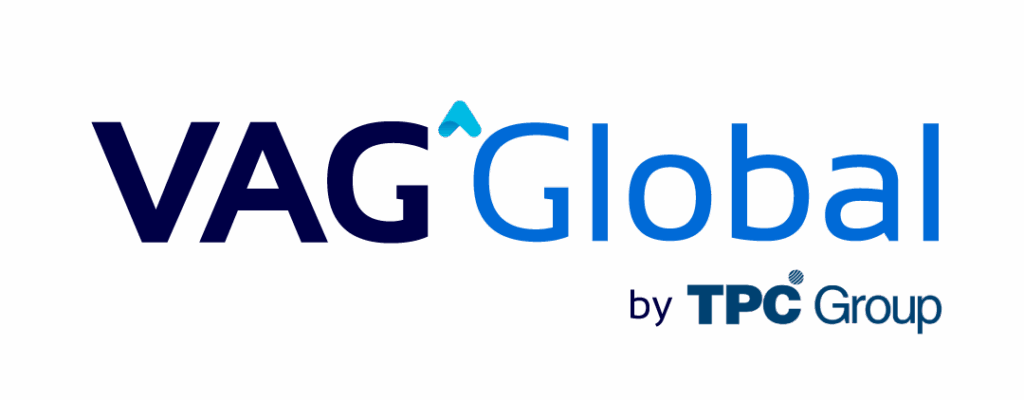Uncertainty in Commodity Markets
Peru, as one of the leading commodity exporters in the region, faces a considerable challenge in 2025 due to volatility in global markets. The prices of key commodities such as copper, gold, and other metals, along with agricultural products, have shown significant fluctuations due to geopolitical tensions, slowdowns in key economies such as China, and amendments in international trade policies. This volatility directly affects the country’s tax revenues and generates uncertainty in the private sector, which depends on these markets to plan investments and establish competitive prices.
Key Factors of Economic Uncertainty
The economic outlook for 2025 is marked by a combination of external and internal factors that complicate recovery and sustainable growth:
External Factors:
- Global slowdown: Countries such as China, which is a significant market for Peruvian exports, are showing slower growth, reducing demand for metals and raw materials and impacting prices and export revenues.
- Geopolitical tensions: Conflicts and amendments in global trade policies, such as the energy transition, affect demand and prices for key raw materials.
Internal Factors:
- Political and social risks: Perceptions of political instability and internal social conflicts have negatively affected investor confidence. It slows private investment, affects job creation, and limits economic growth.
- Inflation: Although inflation rates have begun to moderate compared to previous years, the effects of high prices are still pressuring consumers and businesses in strategic sectors.
Most Vulnerable Sectors
The export sector is one of the most exposed in this context. Minerals such as copper, a significant component of Peru’s PBI (Producto Bruto Interno – Gross Domestic Product), are subject to the dynamics of international markets. In turn, domestic consumers face higher costs in essential products due to the transmission of these increases to the local market. The volatility effects also extend to sectors such as agriculture, especially for small producers, who depend on international prices for inputs and products.
Strategies to Face the Economic Context
Despite the uncertainty, there are key strategies that both the public and private sectors can implement to mitigate risks:
- Market diversification: Seek new export markets and reduce dependence on specific economies such as China.
- Infrastructure investment: Strengthen infrastructure to improve competitiveness and attract foreign investment.
- Financial risk management: Implement mechanisms to hedge against price volatility in international markets.
- Incentive policies: The government should promote reforms that generate confidence and reduce uncertainty for local and foreign investors.
Prospects and the Road to Stability
While the economic scenario by 2025 presents multiple challenges, it also offers opportunities to strengthen the Peruvian economy through concrete measures. The key will be collaboration between the public and private sectors to implement strategies that boost investment, diversify income, and protect the most vulnerable sectors.
Ensure Stability
At VAG Global, we are specialists in economic analysis and financial management that can assist you in assessing market risks, designing growth strategies, and ensuring the sustainability of your projects.
📞 Contact us today and protect your business against the challenges of 2025!
Sources: Andina Noticia Volatilidad de Mercados / PQS Noticia
